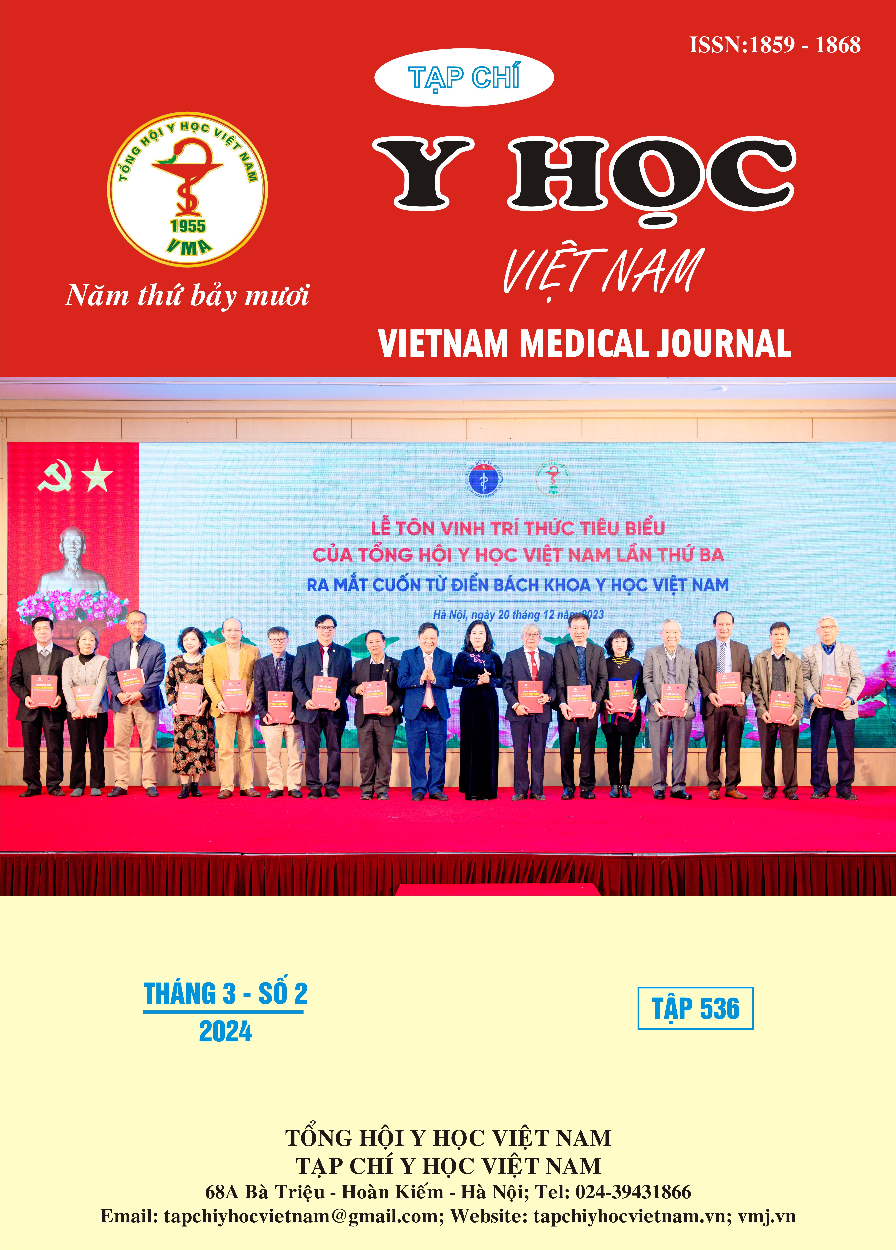CLINICAL OUTCOMES AND COMPLICATIONS AFTER FIXATION OF ACUTE ACROMIOCLAVICULAR DISLOCATIONS USING HOOK PLATE
Main Article Content
Abstract
Purpose: The purpose of our study is to evaluate clinical outcomes and complications. This was retrospective research of 35 patients with Rockwood following surgical treatment of acute acromioclavicular dislocations using a hook plate. Materials and methods: Type III-V lesions, who underwent surgical treatment using a hook plate between June 2011 and June 2020. A functional shoulder was assessed with the Constant score and UCLA score. Radiological follow-up included comparative coracoclavicular distance measurements. Results: 33 males and 9 females were included in the study, with an average of 32 ± 12 years old (18 – 62). There were 11 patients with Rockwood type III and 31 patients with type V. The mean follow-up period was 38,8 months. The average Constant Score and UCLA Score at the last follow-up were 86,8 and 31,2 respectively. The coracoclavicular distance of the injured shoulder and the contralateral unaffected shoulder was 7.6 ± 2.1 mm and 7.9 ± 1.9 mm, respectively; the difference was 0.3 ± 0.2 mm with p> 0.05. Subacromial osteolysis occurred in 14 patients. Conclusion: Surgical treatment of acute acromioclavicular dislocations using a hook plate provided stable fixation, early rehabilitation, and good functional outcomes. However, it is essential to select the anatomical plate and remove it soon to reduce the rate of subacromial osteolysis.
Article Details
References
2. Chen C. H., Dong Q. R., Zhou R. K., Zhen H. Q., Jiao Y. J. (2014) "Effects of hook plate on shoulder function after treatment of acromioclavicular joint dislocation". Int J Clin Exp Med, 7 (9), 2564-70.
3. Eschler A., Gradl G., Gierer P., Mittlmeier T., Beck M. (2012) "Hook plate fixation for acromioclavicular joint separations restores coracoclavicular distance more accurately than PDS augmentation, however presents with a high rate of acromial osteolysis". Arch Orthop Trauma Surg, 132 (1), 33-9.
4. Johansen J. A., Grutter P. W., McFarland E. G., Petersen S. A. (2011) "Acromioclavicular joint injuries: indications for treatment and treatment options". J Shoulder Elbow Surg, 20 (2 Suppl), S70-82.
5. Koukakis A., Manouras A., Apostolou C. D., Lagoudianakis E., Papadima A., Triantafillou C., Korres D., Allen P. W., Amini A. (2008) "Results using the AO hook plate for dislocations of the acromioclavicular joint". Expert Rev Med Devices, 5 (5), 567-72.
6. Lin H. Y., Wong P. K., Ho W. P., Chuang T. Y., Liao Y. S., Wong C. C. (2014) "Clavicular hook plate may induce subacromial shoulder impingement and rotator cuff lesion--dynamic sonographic evaluation". J Orthop Surg Res, 9, 6.
7. Luis G. E., Yong C. K., Singh D. A., Sengupta S., Choon D. S. (2007) "Acromioclavicular joint dislocation: a comparative biomechanical study of the palmaris-longus tendon graft reconstruction with other augmentative methods in cadaveric models". J Orthop Surg Res, 2, 22.
8. Modi C. S., Beazley J., Zywiel M. G., Lawrence T. M., Veillette C. J. (2013) "Controversies relating to the management of acromioclavicular joint dislocations". Bone Joint J, 95-b (12), 1595-602.


